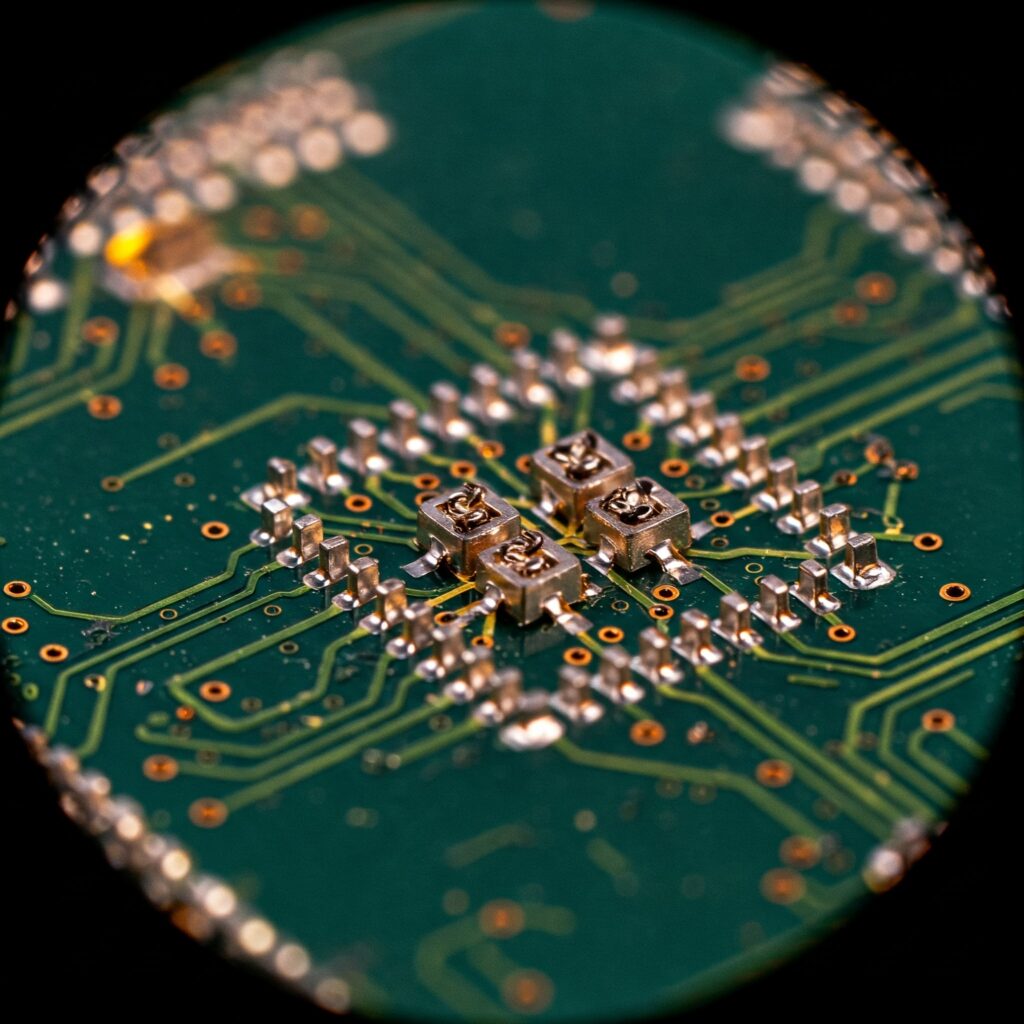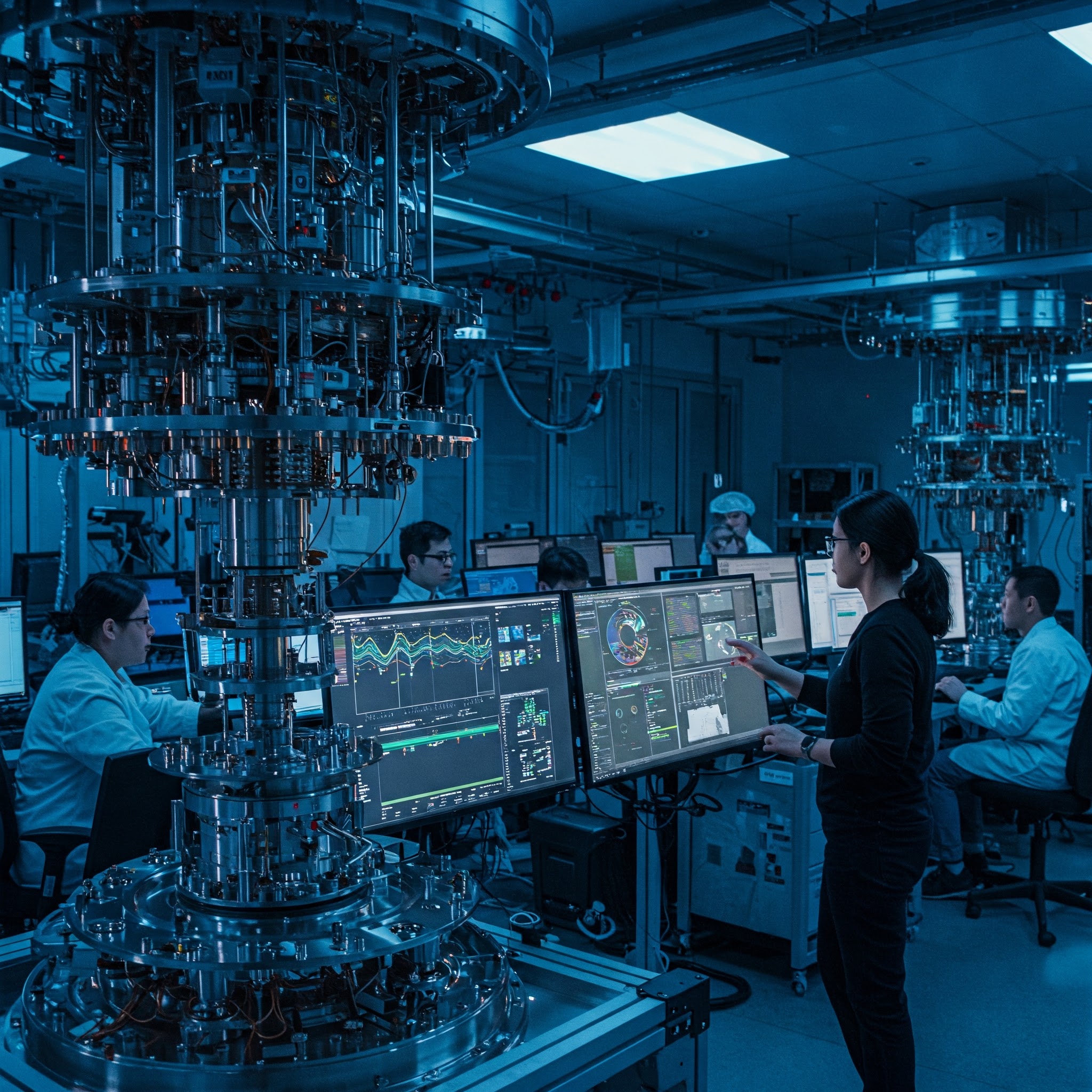Introduction
In a major breakthrough for quantum computing, Fujitsu and RIKEN have announced the successful development of a 256-qubit superconducting quantum computer. This marks a significant leap forward in the race to build scalable, fault-tolerant quantum systems. By achieving this milestone, Japan strengthens its position in the global quantum technology landscape, competing with efforts in the U.S., China, and Europe.
The new system is designed to support advanced research in cryptography, materials science, pharmaceutical development, and artificial intelligence. Let’s take a deeper look into what makes this quantum computer a world-leader and what it could mean for the future of computing.
What Makes the 256-Qubit System Special?
Most quantum computers in operation today function with under 100 qubits, often facing limitations in coherence time, error correction, and scalability. The Fujitsu-RIKEN system, however, takes a significant step forward by:
- Scaling to 256 high-quality qubits
- Using advanced superconducting technologies to maintain quantum states longer
- Implementing error mitigation techniques that bring practical quantum applications closer to reality
These improvements open the door to executing more complex quantum algorithms and simulating real-world phenomena at an unprecedented scale.
A Collaboration That Drives Innovation

Fujitsu, one of Japan’s tech giants, partnered with RIKEN, the nation’s top research institute, to bring this quantum system to life. The collaboration leverages:
- Fujitsu’s engineering and AI capabilities
- RIKEN’s expertise in quantum physics and computational science
- Funding and support from Japan’s national quantum strategy
This synergy has enabled a research-to-deployment transition that is both efficient and scientifically robust.
Applications and Use Cases
The 256-qubit machine has immediate implications across several sectors:
- Pharmaceuticals: Simulate complex molecular interactions for faster drug discovery
- Cybersecurity: Develop and test quantum-resistant encryption algorithms
- AI & Machine Learning: Accelerate model training using quantum-enhanced algorithms
- Materials Science: Predict and analyze new materials with quantum-level accuracy
By integrating this quantum capability with classical supercomputers, researchers can explore hybrid computing models that deliver exponential performance improvements.
Global Context and Competition
While IBM, Google, and China’s Quantum Experiments at Space Scale (QUESS) have made headlines with quantum progress, Fujitsu and RIKEN are the first in Japan to achieve this scale of quantum coherence. The initiative aligns with Japan’s goal to lead in quantum computing by 2030.
This development may also help build Japan’s own quantum cloud platforms, enhancing access for researchers and enterprises alike.
Challenges Ahead
Despite this achievement, several hurdles remain:
- Error Correction: While error rates are decreasing, full fault-tolerance is still out of reach
- Scalability: Moving from 256 to thousands of qubits will require architectural innovations
- Talent and Ecosystem Development: Building a global competitive edge needs more researchers and developers specialized in quantum technologies
Addressing these will be critical to maintaining momentum and turning experimental success into commercial applications.
Conclusion
The Fujitsu-RIKEN 256-qubit superconducting quantum computer is a monumental step in the evolution of quantum technology. It not only places Japan among the global leaders in this domain but also brings the practical uses of quantum computing within closer reach.
As industries begin to explore quantum use cases, and governments increase funding for innovation, the impact of this milestone could reshape everything from healthcare to cybersecurity. This system is not just a scientific achievement; it’s a signal that the quantum age is fast approaching.
